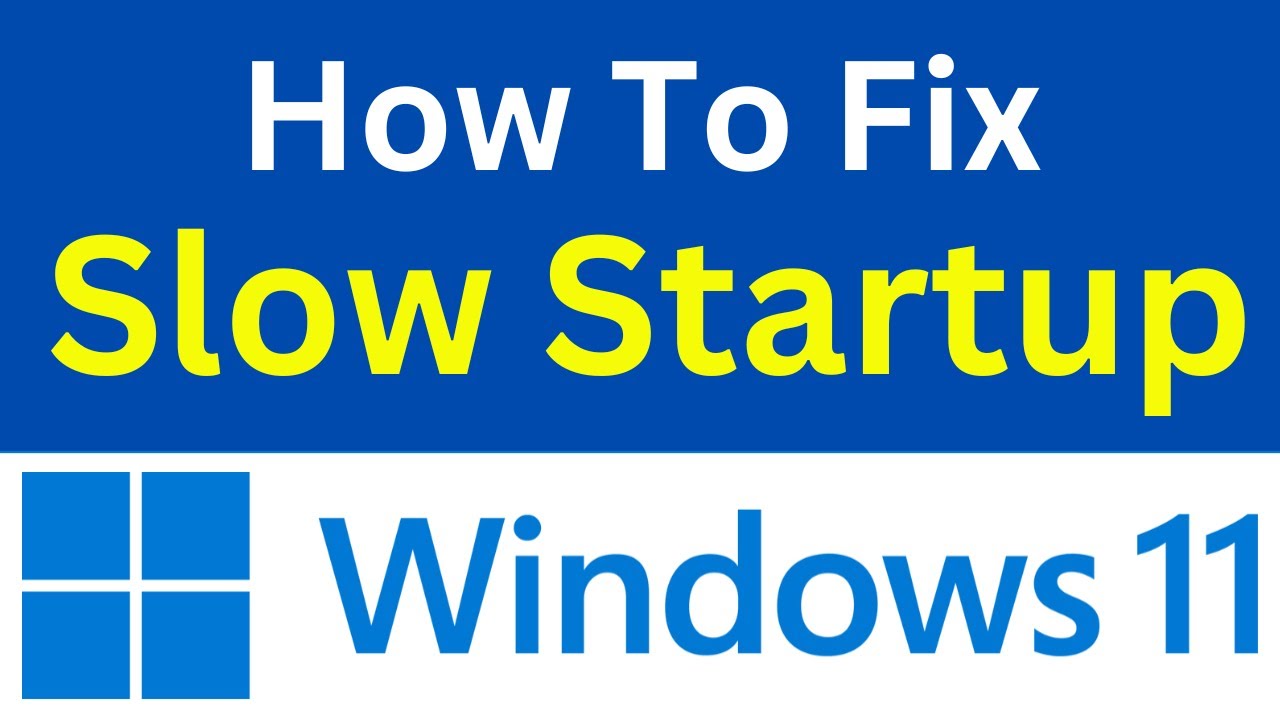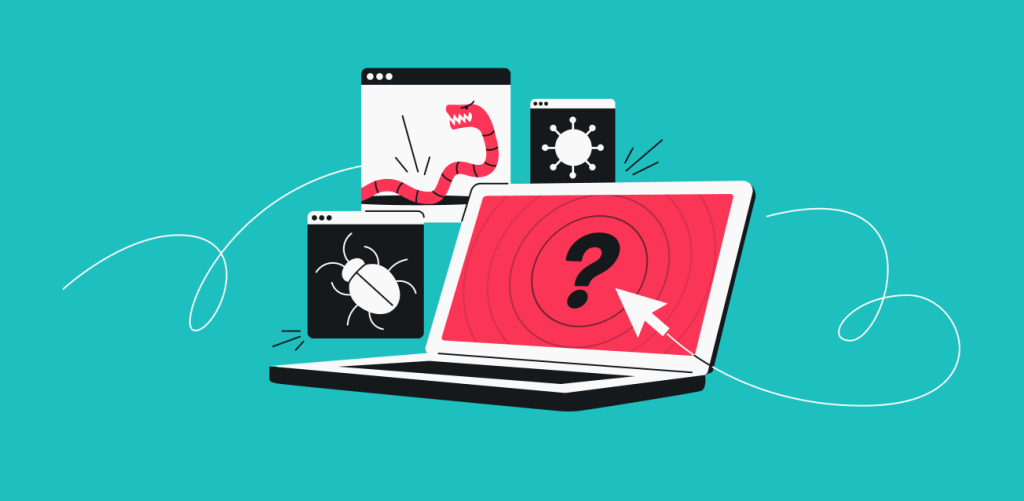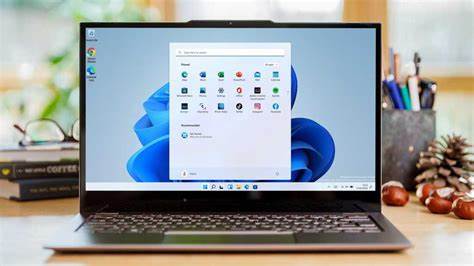Waiting for your Windows 11 laptop to boot up can feel like an eternity, especially when you’re eager to get started with your day. I’ve personally experienced the frustration of a sluggish startup, and the good news is that there are several effective steps you can take to significantly reduce your Windows 11 boot time in April 2025. This guide will walk you through a detailed, step-by-step process to diagnose and fix those slow startup woes, getting you to your desktop faster.
Step 1: The Immediate First Aid – Restart Your Computer
While it might seem obvious, a simple restart can sometimes resolve temporary glitches that might be causing a slow startup. Ensure you perform a proper restart, not just a shutdown and power on.
Step 2: Managing Startup Apps – The Biggest Culprit
One of the most common reasons for a slow Windows 11 startup is having too many applications launching automatically in the background.
- Open Task Manager: Press Ctrl + Shift + Esc keys simultaneously.
- Navigate to the “Startup apps” Tab: This tab lists the programs that are configured to run when you start your computer.
- Disable Unnecessary Programs: Review the list and disable any programs that you don’t need to launch automatically. Right-click on the program and select “Disable.” Be cautious about disabling programs you don’t recognize, but generally, you can disable most third-party applications that you can manually open later if needed. This can make a significant difference in your boot time.
Step 3: Disabling Unnecessary Background Services
While startup apps are the primary focus, some background services can also contribute to a slow boot. Be cautious when disabling services, as some are essential for Windows to function correctly.
- Search for “Services” in the Start Menu and open the Services app.
- Review the List: Look for services that are set to “Automatic” startup and that you don’t recognize or need running all the time.
- Change Startup Type (Carefully): Right-click on a service you suspect might be causing issues, select “Properties,” and change the “Startup type” to “Manual” or “Automatic (Delayed Start).” “Manual” means the service will only start when an application needs it, and “Automatic (Delayed Start)” means it will start a few minutes after you log in.
- Apply Changes and Restart: Click “Apply” and then “OK.” Restart your computer to see if it improves the startup time.
Caution: Only disable services if you are sure about their function. Disabling essential services can cause system instability.
Step 4: Enabling Fast Startup (Hybrid Shutdown)
Windows 11 has a feature called Fast Startup that can significantly reduce boot times by using a hybrid shutdown process.
- Search for “Power Options” in the Start Menu and open Edit Power Plan.
- Click “Change advanced power settings.”
- Expand “Sleep” and then “Hibernate after.” Ensure this is set to a reasonable time or “Never” if you prefer.
- Click “Choose what the power buttons do” on the left-hand side.
- Click “Change settings that are currently unavailable” at the top.
- Under “Shutdown settings,” check the box next to “Turn on fast startup (recommended).” If this option is greyed out, you might need to enable Hibernate first (search for “Turn Windows features on or off,” check “Hibernate,” and restart).
- Click “Save changes.”
Step 5: Checking for and Updating Drivers (Especially Graphics Drivers)
Outdated or incompatible drivers, especially for your graphics card and storage controllers, can sometimes contribute to slow startup times.
- Open Device Manager: Right-click on the Start button and select “Device Manager.”
- Check for Warnings: Look for any devices with a yellow exclamation mark, which indicates a problem with the driver.
- Update Drivers: Right-click on the problematic device, select “Update driver,” and then choose “Search automatically for updated driver software.” For graphics drivers (NVIDIA, AMD, Intel), it’s often best to download the latest drivers directly from the manufacturer’s website.
Step 6: Ensuring Your Disk is Healthy and Optimized
Problems with your hard drive or SSD can significantly slow down the startup process.
- Check Disk Health with CHKDSK: Open Command Prompt as an administrator and type chkdsk /f /r and press Enter. You’ll be asked if you want to schedule the disk check to run the next time you restart your computer. Type Y and press Enter, then restart your PC.
- Optimize Your Drives: Search for “Defragment and Optimize Drives” in the Start Menu and run the utility. Select your system drive and click “Optimize.” This is especially helpful if you’re using a traditional Hard Disk Drive (HDD). Do not defragment SSDs.
Step 7: Checking for Malware and Viruses (Essential for Performance and Security)
Malware can consume system resources and significantly slow down your computer, including the startup process. Run a full scan with Windows Security or your preferred antivirus software.
Step 8: Reviewing Event Viewer for Startup Errors
The Event Viewer can provide insights into errors that might be occurring during the startup process.
- Search for “Event Viewer” in the Start Menu and open it.
- Navigate to Windows Logs > System: Look for errors or warnings that occurred around the time you last started your computer. This might give you clues about specific issues.
Step 9: Considering a Clean Boot for Troubleshooting
If you suspect a third-party application or driver is causing the slow startup, you can perform a clean boot to start Windows with a minimal set of drivers and startup programs. Search for “msconfig” in the Start Menu and follow the instructions to perform a clean boot. If your startup time improves significantly, you can then re-enable startup items and services one by one to identify the culprit.
Step 10: Hardware Considerations (If Software Tweaks Aren’t Enough)
If you’ve tried all the software-based solutions and your startup time is still slow, the issue might be related to your hardware. Consider the following:
- Slow Hard Drive (HDD): Upgrading to a faster Solid State Drive (SSD) can drastically reduce your startup time and significantly improve overall system responsiveness. This is one of the most impactful hardware upgrades you can make.
- Insufficient RAM: While less likely to directly cause a slow boot, insufficient RAM can lead to slowdowns immediately after startup as your system tries to load programs. Consider upgrading your RAM if you frequently run many applications at once.
My Personal Insights on Fixing Slow Startup Times
Over the years, I’ve found that managing startup apps is the most common and easiest way to significantly improve Windows startup times. Enabling Fast Startup also provides a noticeable boost. If you’re still struggling with a slow boot, upgrading to an SSD is highly recommended as it offers the most dramatic improvement. Remember to be patient and try these steps one by one to identify what’s causing the delay on your Windows 11 system in April 2025.





